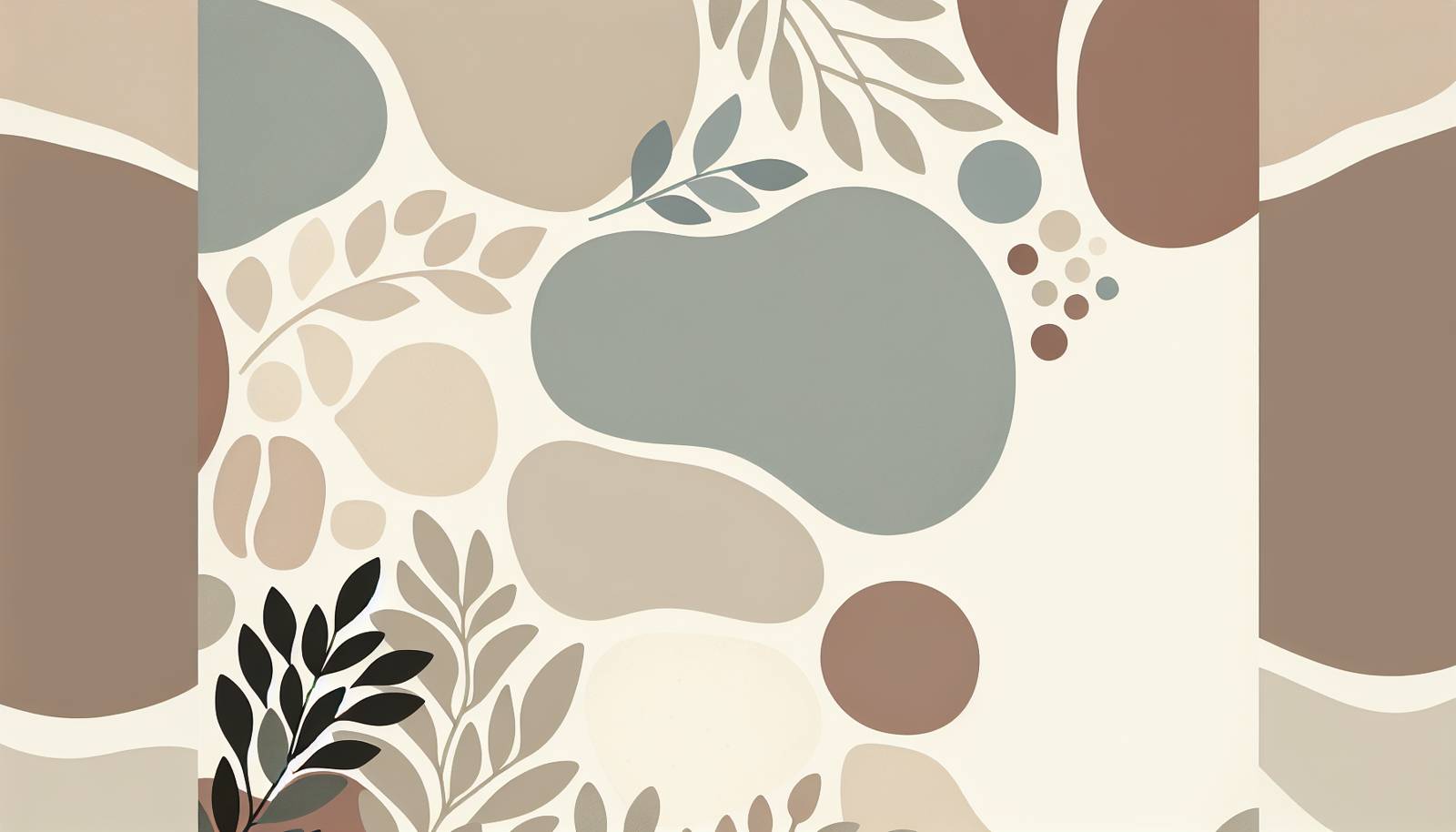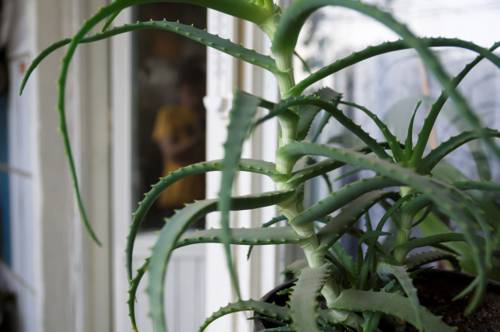
FAQ About Non-Flowering Indoor Plants

What are non-flowering indoor plants?
Non-flowering indoor plants are plants that do not produce flowers or blooms. Instead, they are primarily valued for their foliage, which can vary significantly in terms of size, shape, color, and texture. These plants are popular choices for indoor decor due to their ability to thrive in indoor environments and their aesthetic appeal.

Why choose non-flowering plants for indoor decoration?
Non-flowering plants are often chosen for indoor decoration because they can thrive in a variety of lighting conditions, require less maintenance than flowering plants, and typically have a longer lifespan. Additionally, their foliage offers diverse textures and colors that can complement interior design styles. They also help improve indoor air quality by filtering pollutants.

Which non-flowering indoor plants are easy to care for?
Some easy-to-care-for non-flowering indoor plants include the snake plant (Sansevieria), pothos (Epipremnum aureum), ZZ plant (Zamioculcas zamiifolia), and spider plant (Chlorophytum comosum). These plants are known for their resilience and ability to thrive with minimal care, making them ideal for beginners or busy individuals.

How do I care for a snake plant indoors?
Snake plants prefer indirect light but can tolerate low-light conditions. They should be watered infrequently, allowing the soil to dry out between waterings as they are prone to root rot if overwatered. Fertilize sparingly during the growing season, and wipe the leaves with a damp cloth to remove dust.

Can non-flowering plants purify air indoors?
Yes, many non-flowering plants can help purify indoor air. They absorb certain toxins and pollutants through their leaves, improving air quality. NASA's Clean Air Study highlighted several plants, such as the snake plant and pothos, for their air-purifying capabilities.

What is a ZZ plant and why is it popular?
The ZZ plant, or Zamioculcas zamiifolia, is popular due to its attractive glossy leaves and its ability to thrive in low-light conditions. It is drought-tolerant and requires minimal care, making it an excellent choice for beginners or those without a green thumb.

How often should I water non-flowering indoor plants?
The watering frequency for non-flowering indoor plants depends on the specific plant species, pot size, and environmental conditions. However, as a general rule, most of these plants prefer the soil to dry out slightly between waterings. Overwatering is a common mistake that can lead to root rot.

Do non-flowering indoor plants need fertilizer?
Non-flowering indoor plants can benefit from fertilization during the growing season (spring and summer). A balanced liquid fertilizer applied monthly is usually sufficient. It's best to follow specific recommendations for each plant species to avoid over-fertilization.

What lighting conditions do non-flowering plants prefer?
Most non-flowering indoor plants prefer bright, indirect light. However, many are adaptable and can grow in low-light conditions as well. It is important to research the specific lighting needs of each plant to ensure optimal growth.

Can I use artificial lights for non-flowering indoor plants?
Yes, artificial lights can supplement natural light for non-flowering indoor plants. LED grow lights are particularly effective as they can mimic the spectrum of natural sunlight. These lights should be placed within a suitable distance to provide adequate light without overheating the plants.

What are some aesthetic considerations when choosing non-flowering plants?
When choosing non-flowering plants for aesthetic purposes, consider the plant's leaf color, texture, and shape. Plants with variegated leaves or unique patterns can add visual interest. Additionally, consider the plant's height and growth habit to complement your interior design.

How can I decorate with non-flowering indoor plants?
Non-flowering indoor plants can be used to create focal points in rooms, add greenery to dull corners, or complement furniture and architectural elements. Using a variety of plant sizes and types can create depth and texture. Consider decorative pots and planters to enhance the overall look.

What are common problems when growing non-flowering indoor plants?
Common problems include overwatering, inadequate light, and pest infestations. Symptoms such as yellowing leaves, wilting, or stunted growth may indicate these issues. Ensuring proper care for each species and addressing problems promptly can help maintain plant health.

How do I identify and treat pests in non-flowering indoor plants?
Common pests include spider mites, aphids, and scale. Regularly inspect plants for signs of these pests, like tiny webs, sticky residue, or discolored leaves. Treat infestations with insecticidal soap or neem oil, and isolate affected plants to prevent spreading.

Can non-flowering plants improve humidity indoors?
Yes, non-flowering plants can help increase indoor humidity by releasing moisture through a process called transpiration. Grouping multiple plants together or placing them on trays with water-filled pebbles can further enhance humidity levels.

What are some hanging non-flowering indoor plants?
Popular hanging non-flowering indoor plants include the pothos, string of hearts (Ceropegia woodii), and the wandering Jew (Tradescantia zebrina). These plants have trailing growth habits and are well-suited for hanging containers.

Are non-flowering indoor plants pet-friendly?
While some non-flowering plants are safe for pets, others can be toxic. For example, the spider plant is pet-friendly, whereas the pothos can be toxic if ingested. It's important to research each plant's toxicity and consider pet-friendly options if you have animals in your home.

How do I propagate non-flowering indoor plants?
Propagation techniques vary by plant species but often include methods such as stem cuttings, leaf cuttings, or division. For example, many trailing plants like pothos can be propagated by placing cuttings in water until roots develop, while other plants like the ZZ plant can be divided at the root.

Can non-flowering indoor plants grow outdoors?
While non-flowering indoor plants can often be moved outdoors during the warmer months, it’s crucial to transition them gradually to avoid sunburn. Always consider the climate and specific care needs of the plants to see if they can survive outdoors year-round or temporarily.

What are some large non-flowering indoor plants?
Large non-flowering indoor plants like the rubber plant (Ficus elastica), monstera deliciosa, and fiddle leaf fig (Ficus lyrata) can make dramatic focal points in spacious areas. These plants require ample space to accommodate their growth potential.
